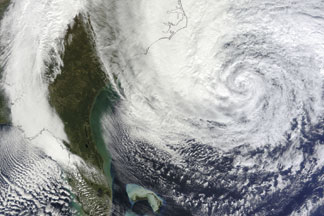 In the devastating wake of Superstorm Sandy, as thousands of homeowners and businesses across 11 states continue to gauge their financial losses, many independent insurance agencies deserve plaudits for extraordinary service.
In the devastating wake of Superstorm Sandy, as thousands of homeowners and businesses across 11 states continue to gauge their financial losses, many independent insurance agencies deserve plaudits for extraordinary service.
When calamity strikes, many consumers first turn to their insurance agents to quickly file a claim and just as expeditiously have it adjusted and paid. But, as Sandy demonstrated in a very personal way for many, independent agents provide far more than claims service.
Indeed, many agents offered more than what their policyholders expected, offering risk mitigation tips in advance of the storm, keen advice on what to do during the disaster, and even a shoulder to lean on for emotional support—at a time when their own businesses were under extreme duress.
Recommended For You
Want to continue reading?
Become a Free PropertyCasualty360 Digital Reader
Your access to unlimited PropertyCasualty360 content isn’t changing.
Once you are an ALM digital member, you’ll receive:
- Breaking insurance news and analysis, on-site and via our newsletters and custom alerts
- Weekly Insurance Speak podcast featuring exclusive interviews with industry leaders
- Educational webcasts, white papers, and ebooks from industry thought leaders
- Critical converage of the employee benefits and financial advisory markets on our other ALM sites, BenefitsPRO and ThinkAdvisor
Already have an account? Sign In Now
© 2025 ALM Global, LLC, All Rights Reserved. Request academic re-use from www.copyright.com. All other uses, submit a request to [email protected]. For more information visit Asset & Logo Licensing.







